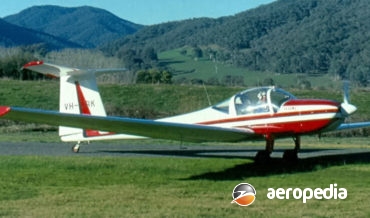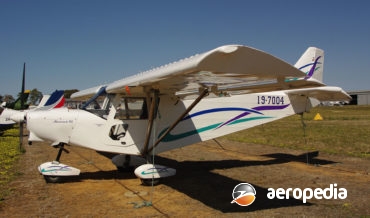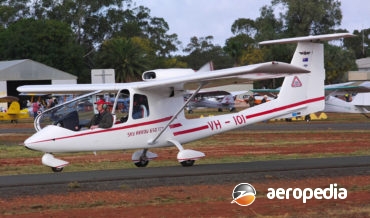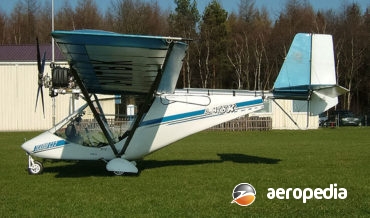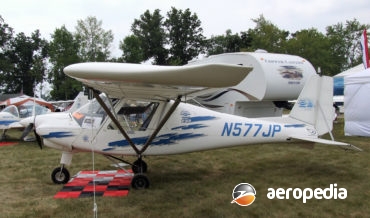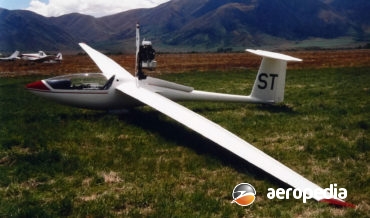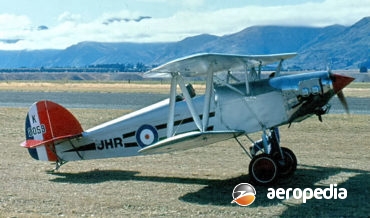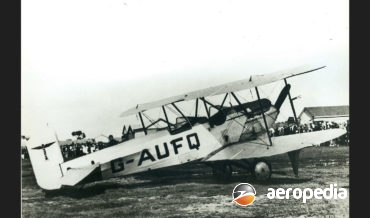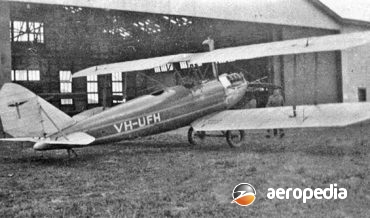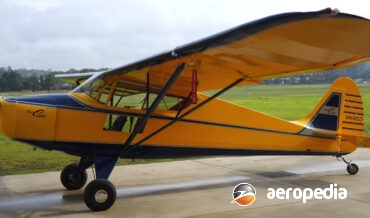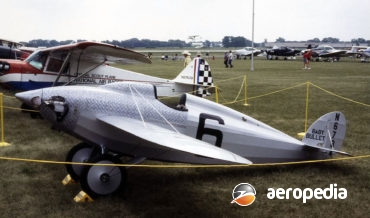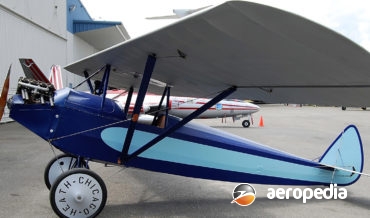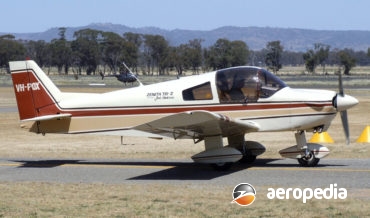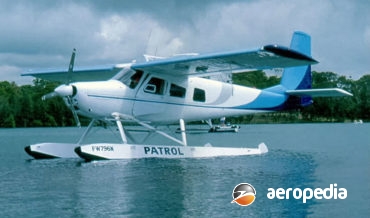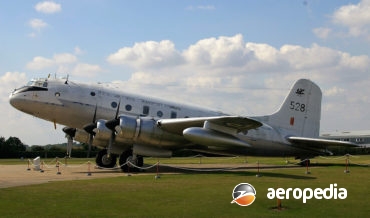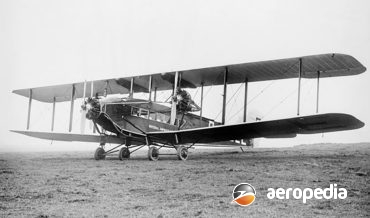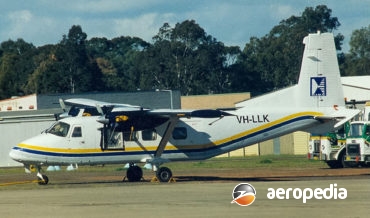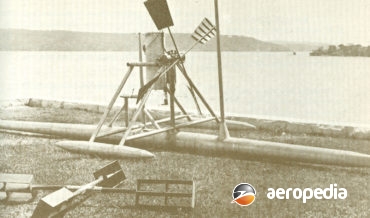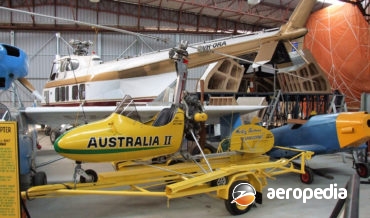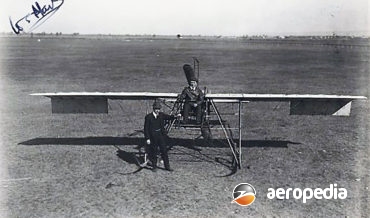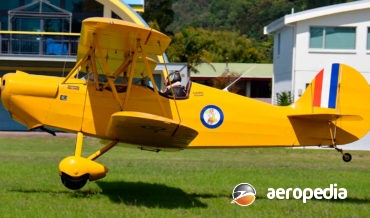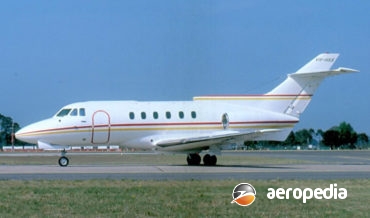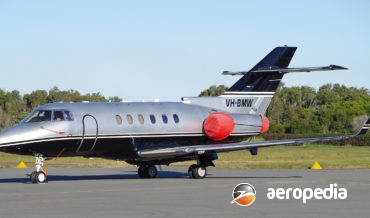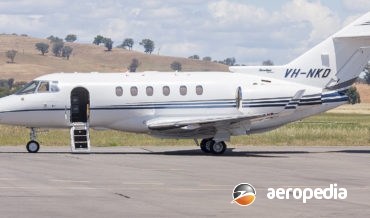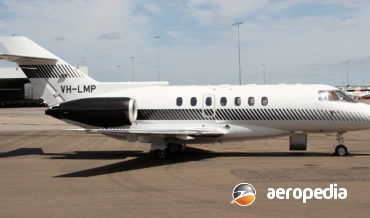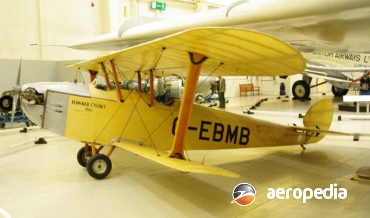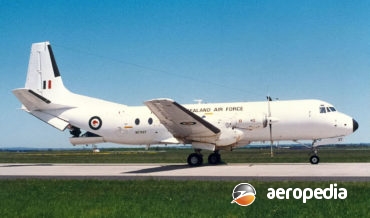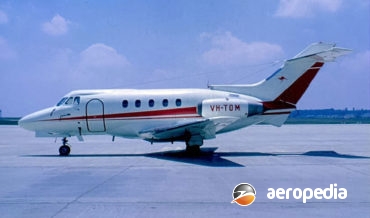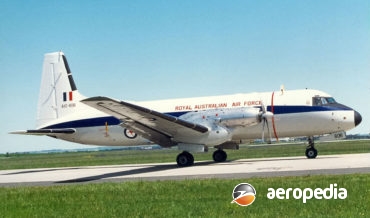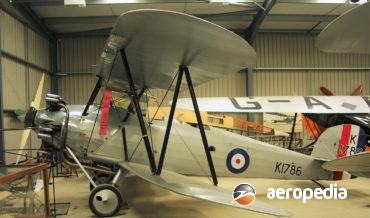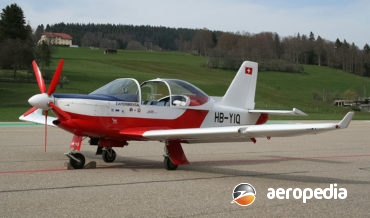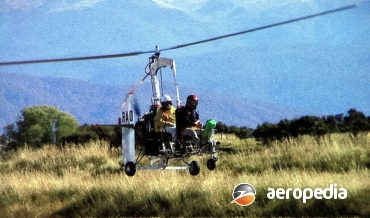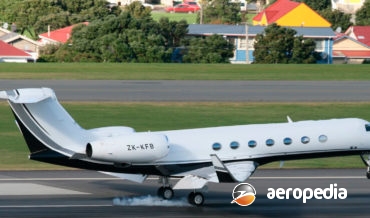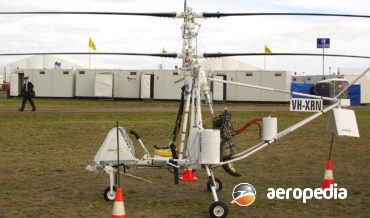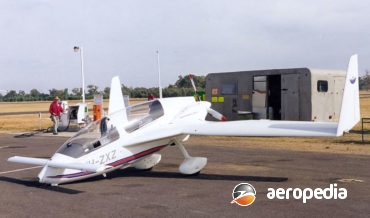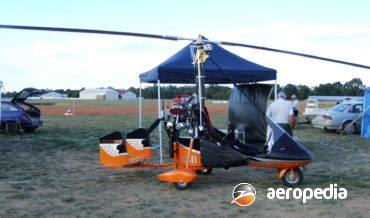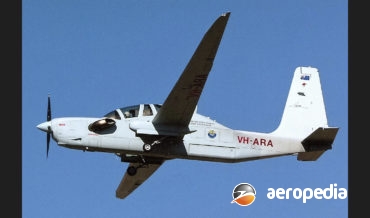David C. Eyre
IRMA (Aircraft Construction Factory) at two facilities at Brasov and Bucharest has for many years produced a series of high-performance gliders, including the IS-28M2 powered series.
David C. Eyre
- May 8, 2019
The Bingo is one of a series of light sporting aircraft produced in kit form for the amateur constructor by ICP of Piova Massaia in Italy.
David C. Eyre
- May 8, 2019
The Savannah is a light touring monoplane produced in kit form by I.C.P srl at Piova Massaia in Italy
David C. Eyre
- May 8, 2019
The Sky Arrow is produced in a number of models by Iniziative Industriali Italiane SpA in Italy as a light two in-tandem sport and training aircraft, the first flight of the prototype being made in March 1993.
David C. Eyre
- May 8, 2019
The Ikarus C22 Fox ultra-light was designed by Hans Gigax in 1982 and was first imported to this region from Switzerland in early 1985 by the Australian distributor at Bondi, NSW, the first order being for ten aircraft.
David C. Eyre
- May 8, 2019
The C42 is produced by Comco Ikarus GmbH at Hohentengen in Germany as a two-seat light sporting aircraft for the ultra light market, and is available as a complete aircraft or in kit form.
David C. Eyre
- May 8, 2019
The Pik-30 is a French built self-launched glider designed by Messrs Pekka Tammi and M Moniot. It is a single-seater and the wings and tail surfaces are of GFRP sandwich with a PVC core; and the fuselage structure is of GFRP monocoque structure reinforced with carbon fibre.
David C. Eyre
- May 8, 2019
In 1961 John O Isaacs of Southampton in the United Kingdom commenced the design of a seven-tenths scale wooden replica of one of Britain’s most famous biplane fighters, the Hawker Fury, which saw service with the RAF in the 1930s.
David C. Eyre
- May 8, 2019
Photograph: Ireland Meteor G-AUFQ (c/n M.8) at Mascot, NSW in 1928 (Frank Walters collection) Country of origin: United States of America Description: Four-seat touring biplane Power Plant: One 67 kw (90 hp) Curtiss OX-5 eight-cylinder VEE liquid -cooled engine Specifications: Wingspan: 9.44 m (31 ft) Length: 7.31 m (24 ft)
David C. Eyre
- May 8, 2019
In 1925 Mr G S Ireland of Garden City, New York, a former salesman for Curtiss Aeroplane & Motor Co Inc, entered the field of light aircraft production.
David C. Eyre
- May 8, 2019
The Interstate Cadet was a two-seat in tandem high-wing single-engine monoplane produced by the Interstate Aircraft & Engineering Corp based in El Segundo, California and during 1941 and 1942 a total of about 320 examples was produced, mainly for the US military.
David C. Eyre
- May 8, 2019
The Baby Bullet high-performance racing monoplane was one of a range of light aircraft designed by Edward Heath, including the Heath Parasol.
David C. Eyre
- May 8, 2019
The Heath Parasol was designed in 1925 in Chicago, USA, by Edward B Heath as an ultra-light aircraft suitable for amateur construction.
David C. Eyre
- May 8, 2019
Whilst working in France with Avions Pierre Robin, Mr M Heintz, a professional aeronautical engineer, participated in the design of several light aircraft.
David C. Eyre
- May 8, 2019
The Courier utility aircraft was built for the Helio Aircraft Corp at the Pittsburg, Kansas, facility of Mid-States Manufacturing Corp.
David C. Eyre
- May 8, 2019
The Hastings was designed as a replacement for the Avro York transport in RAF service, and the prototype (TE580) made its first flight at Wittering on 7 May 1946, the second prototype (TE583) being flown for the first time on 30 December that year.
David C. Eyre
- May 8, 2019
The prototype of the Handley Page W series of commercial airliners (G-EAPJ – c/n W8-1) was first flown on 2 December 1919.
David C. Eyre
- May 8, 2019
The Harbin Y-12 was a development of the piston engined C-11 built in some numbers by the State Aircraft Factory of the Chinese People’s Republic at Shenyang.
David C. Eyre
- May 8, 2019
Lawrence Hargrave (1850 - 1915) has been described as an engineer, explorer, astronomer and aeronautical pioneer.
David C. Eyre
- May 8, 2019
Harley Newman was an avid gyrocopter operator for many years and developed a series of single-seat machines for sporting purposes.
David C. Eyre
- May 8, 2019
John Harmon in the United States designed a development of the Vans RV-4 known as the Rocket II, having previously designed and built the Rocket
David C. Eyre
- May 8, 2019
William Ewart Hart was born on 20 April 1885 at Parramatta, NSW. He was a dentist who had an interest in flight and who contributed much to early aviation in Australia.
David C. Eyre
- May 8, 2019
The CB-1 is a two-seat light aerobatic biplane produced in kit form for the American Hatz Association of Gurnea, Illinois.
David C. Eyre
- May 8, 2019
The Series 600 was introduced to the market in 1971 and was powered by two 3,750 lbst Viper 600 series engines with a two-stage turbine.
David C. Eyre
- May 8, 2019
The de Havilland DH-125 series was intended as a jet-engined replacement for the de Havilland DH-104 Dove executive aircraft, the project being announced in February 1961.
David C. Eyre
- May 8, 2019
Over the years development of the series continued, one variant being the Series 900XP which was a model which combined the airframe, operating weights and systems of the 850XP model, including the winglets, but which was fitted with the new Honeywell TFE731-50R turbofan which provided a five percent reduction in
David C. Eyre
- May 8, 2019
Once the Hawker 800 series was placed in production British Aerospace looked at a further development of the type and, despite being the most capable model of all the various models, only 52 examples were completed.
David C. Eyre
- May 8, 2019
The Royal Aero club of Great Britain in 1924 organised a competition amongst the designers of the time to build a light aircraft suitable for weekend pilots.
David C. Eyre
- May 8, 2019
During the early 1960s the RAF issued a requirement for a medium tactical freighter, and the Avro design team developed a variant of the Avro 748 (later Hawker Siddeley 748 series 2).
David C. Eyre
- May 8, 2019
Known for a short time as the ‘Jet Dragon’, the DH-125 later became known as the HS-125 when the merger of several British aircraft companies occurred.
David C. Eyre
- May 8, 2019
Intended as a replacement for the Douglas DC-3, and a direct competitor to the Fokker Friendship for civil and military use, the HS-748 was designed by A V Roe and Co (later part of the Hawker Siddeley Group) as a 36-seat commercial airliner.
David C. Eyre
- May 8, 2019
The Tomtit was designed to replace the Avro 504N as a training aircraft, and was built with an all-metal airframe.
David C. Eyre
- May 8, 2019
The Alpha is one of series of light aircraft produced by HB-Flugtechnik in Austria, the others designs including the Amigo, Cubby, the Dandy, and a two-seat mid-wing high-performance aircraft known as the Tornado which has a pusher engine driving a five-blade propeller and is fitted with a retractable undercarriage.
David C. Eyre
- May 8, 2019
Developed by Martin Hollmann of Orlando, Florida, a senior design engineer in the aerospace industry, the HA-2M Sportster [also known as the Hollmann Sportster] was claimed to be the first two-seat gyroplane designed for the homebuilder who has access to a minimum of power tools.
David C. Eyre
- May 8, 2019
The G-550 is one of a series of business and executive jets produced by General Dynamics Gulfstream Aerospace at its facility in Savannah, Georgia marketed under the name V-SP and by early 2016 450 aircraft in the G-550 series had been delivered to a variety of operators for a variety
David C. Eyre
- May 8, 2019
In 2008 Gulfstream announced it was going to introduce a new long-range business aircraft known as the 650 to fill a niche in the corporate market between the company’s own G550 and the Bombardier Global XRS, and the Boeing Business Jet and Airbus Corporate Jetliner.
David C. Eyre
- May 8, 2019
In the 1950s the US Navy was seeking a cheap, simple single-seat helicopter for the reconnaissance and assault role, and the Gyrodyne Company of America in St James on Long Island, New York, produced a series of helicopters known as the XRON Rotorcycle between 1954 and 1956.
David C. Eyre
- May 8, 2019
The Speed Canard was designed and developed by Gyroflug-FFT MbH at Menges on the River Danube and placed in small-scale production.
David C. Eyre
- May 8, 2019
The Gyroz two-seat tandem gyrocopter was the culmination of the development of gyrocopters for sports pilots by Advanced Kinetics of Kurrajong, NSW.
David C. Eyre
- May 8, 2019
The Egrett (a name taken from the three companies which developed the proof-of-concept aircraft, ie E-Systems, Grob and Garrett) is one of a series of high-altitude surveillance and research aircraft planned by E-Systems and built by Grob Aerospace, work commencing in 1986, prototype construction taking place at Mindelheim/Mattsies in West
David C. Eyre
- May 8, 2019
Recent Comments
Archives
Categories
- No categories
Categories
- No categories
Latest Posts
Newsletter

